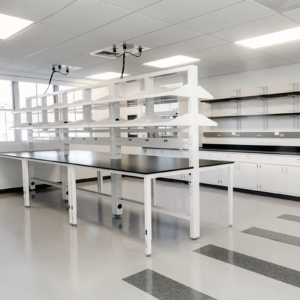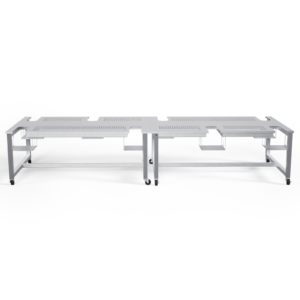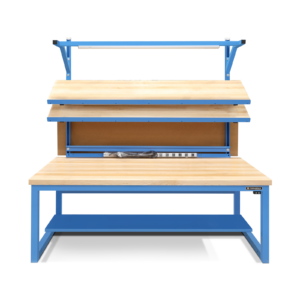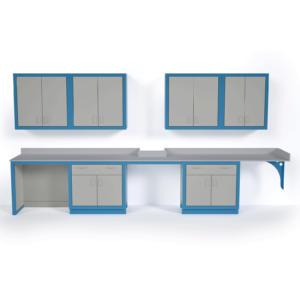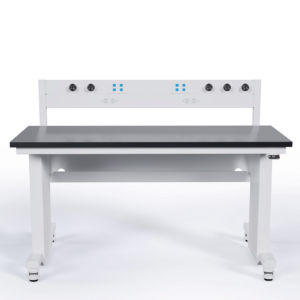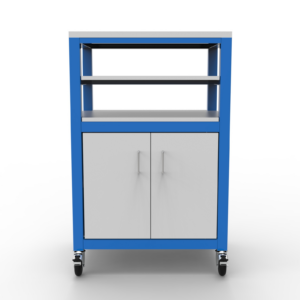These are difficult times, indeed. Not since 1918 has the world seen so destructive a pandemic. The Financial Times reports that the US alone has seen more than 3.29 million cases of Covid-19 to date — more than 127,400 having so far lost their lives to the disease.

Yet there are reasons to be optimistic. According to Larry Brilliant, a veteran of the war on smallpox, we have not only made great strides in our understanding of how Covid-19 disease affects the body (pathophysiology) but also progress in developing a cure. Brilliant notes that around the world, laboratory researchers are developing “around 160 vaccines today in various stages of trial or hypothesis or funding, with maybe a dozen candidates emerging.”
But finding an effective vaccine is only part of the problem.
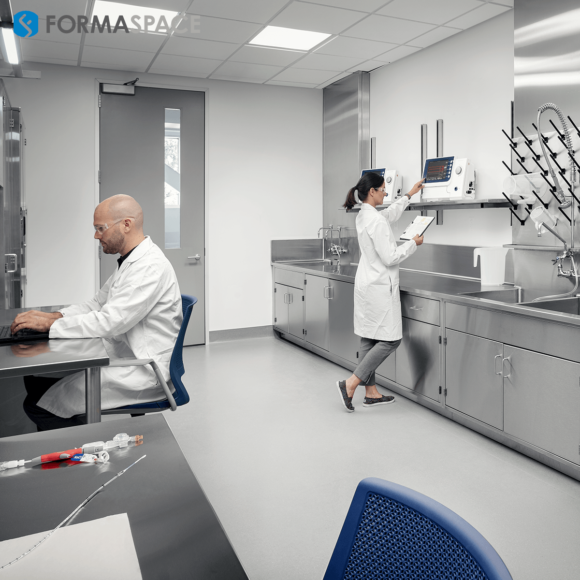
The Challenge of Scaling Up from R&D into Production
As we have seen with past campaigns that were successful in vaccinating people against terrible diseases (such as polio or smallpox), it’s a massive undertaking to scale up production from the relatively small quantities of active vaccine compounds created in the R&D lab to levels of mass production required to support a world-wide public health vaccination campaign that could potentially inoculate hundreds of millions (if not billions) of people.
The story of penicillin is very instructive.
In the early days of World War II, scientists realized that penicillin (first discovered by the Scottish biologist Alexander Fleming in 1928) was potentially significantly more effective against infection than the widely used sulfa drugs at the time — and if it could be used by soldiers, it could boost the war effort by reducing the level of severe or fatal wartime infections that claimed so many lives in WW I.
Under the threat of bombardment from Germany, Oxford University researcher Howard Florey (an Australian) came to the US looking for assistance in producing the drug. Responding to the call for help, the Rockefeller Foundation in New York engaged Charles Pfizer & Co., Eli Lilly & Co., Merck, and other drug firms to ramp up production.
Yet, as late as 1942, US lab researchers evaluating penicillin had only managed to produce two teaspoons of the drug — when one teaspoon was administered to a test patient, the drug was recovered from her urine to complete dosage treatment.
By 1943, the US War Department made the mass production of penicillin its second-highest priority after the development of nuclear weapons.
The process of cultivating penicillin, which originates in delicate mold spores, proved difficult, as it dissolved away easily. Researchers went out to find stronger strains of naturally occurring penicillin mold sources, and eventually, they created a new deep-tank fermentation production process. Production rates soared, from essentially zero to 100 billion units per month.
Penicillin production benefited from both scaling-up (e.g. creating bigger fermentation vats capable of producing larger quantities of a usable drug) as well as scaling-out (e.g. creating a large number of fermentation tanks to increase production).
Today, scientists and pharma industry production managers are facing similar production challenges, whether it’s scaling up cell therapy manufacturing processes or ensuring that there are enough Covid-19 vaccine doses once an approved vaccine becomes available.
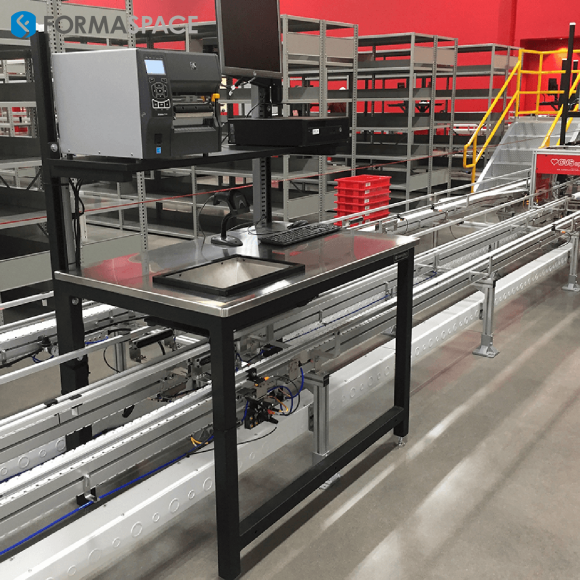
In the case of Covid-19, the actual processes employed to scale up or scale out (or both) will depend entirely on the specific mechanism of the vaccine candidate in question.
If the vaccine candidate is fairly conventional in its approach, it will likely be based on one of three common manufacturing technologies:
Egg-Based Vaccines
Polio and smallpox vaccines are two examples of Egg-Based Vaccines. This process uses chicken eggs to grow the virus, which is then inactivated (a.k.a deadened) before inoculating patients. Downsides to this approach include the inability to safely vaccinate patients who have egg allergies and the need to acquire millions of eggs to scale up the production process.
Cell-Based Vaccines
More recently, the FDA has begun to approve “cell-based” vaccines (such as Flucelvax Quadrivalent for the 2019-2020 flu season), which are grown in the lab from cell cultures. From a manufacturing viewpoint, this has the advantage of not being dependent on egg production.
Recombinant Vaccines
The third approach, recombinant vaccine technology, utilizes an indirect, synthetic process to manufacture vaccine doses without the use of eggs or cell cultures. Scientists first identify a feature of a virus that will trigger a human response, such as the now-infamous antigen “spike” found on Covid-19 viruses.
Scientists then extract the DNA instructions to recreate this specific feature, where it is combined with a virus known to infect invertebrates (e.g. a baculovirus) to create a “recombinant” virus.
The next step in production is to infect specially developed host cells with the recombinant virus to induce them to produce large quantities of antigens, which are then extracted for purification and packaging. (A process known as “finish and fill” in pharma industry jargon.)
RNA and DNA-based Vaccines
On the other hand, a successful Coronavirus vaccine candidate might be based on one of the newer, leading-edge technologies, such as RNA or DNA-based vaccines. Moderna’s highly touted mRNA-vaccine is one such example; its vaccine candidate carries the mRNA into the body to encourage a human immune system response. These types of vaccines don’t require cell lines — a potential advantage for manufacturing operations — however, they do pose a challenge for regulators, such as the FDA, who have been reluctant to approve any RNA or DNA-based vaccines for human use to date.
The Vaccine Formula itself is Only Part of the Manufacturing Challenge
Vaccination program planners are keenly aware that manufacturing enough vaccine doses is just one battle in the overall war against Coronavirus.
There is an urgent effort underway to ramp up the mass production of vaccine kits to conduct a world-wide vaccination campaign — not just the vaccine doses but the millions of sterile injection needles, wipe pads, and the miniature glass vials to contain the vaccine.
According to one company executive, 70 – 80% of these supplies are currently made outside the US, so government officials are keen to ramp up domestic supply asap to avoid a repeat of the PPE supply shortage during the early stages of the pandemic.

Why Start Production Efforts Even Before a Vaccine is Approved?
Billions of dollars have already been allocated toward scaling up the production of a Coronavirus vaccine.
Yet, to date, not one of the more than 150 vaccine candidates in development have been approved for general use.
Before we move on, perhaps we should address the obvious questions most people have when they hear this:
“How can you justify spending such vast sums to ramp up production of a vaccine before it’s even approved?”
The question is even more relevant once you understand that, even among Coronavirus vaccine candidates, the individual productions methods are likely to be highly specific and divergent — meaning that efforts to scale up production for one specific drug candidate probably won’t be applicable toward another if the original one fails to get approved.
The answer is urgency.
Dan Barouch, director of the Center for Virology and Vaccine Research at Beth Israel Deaconess Medical Center in Boston and a professor of medicine at Harvard Medical School, explains it this way: “For Covid-19, (vaccine) developers are talking about performing as many steps in parallel as possible, as opposed to sequentially. For example, multiple vaccine manufacturers are willing to take enormous financial risks — planning for large-scale manufacturing up front, even before knowing whether the vaccine works or not.”
Vast Financial Resources Needed to Speed up Production of Covid-19 Vaccine Candidates
Just how big are the financial risks at stake for vaccine developers, their corporate funders, or the government agencies who are willing to bet huge amounts of tax-payer funds on setting up manufacturing lines for unproven vaccine candidates?
The answer? The risk lies in the billions, with a b.
Whether the financial investment takes the form of a corporate merger between companies (such as a vaccine developer in need of a deep-pocketed pharmaceutical company), or government agencies (and government-sponsored NGOs) offering contracts with upfront payments, or outright cash payments in the forms of grants, when you add up the numbers, it’s in the order of billions of dollars.
Politco reports that the US Federal Government has already allocated $4 billion in direct payments for vaccine development.
And there are concerns that, particularly when it comes to scaling up manufacturing production of Covid-19 vaccines, we still may not be allocating enough resources. (To that end, Democrat leaders in the Senate have proposed spending an additional $26 billion to support vaccine production and distribution as part of the next Covid-19 emergency funding bill.)
Vaccine Development and Deployment Funding Approaches
Generally speaking, the funding for vaccine development and ramping up production falls broadly into three buckets.
Multilateral Government Agencies, NGOs, and Charitable Organization Funding
As we wrote about in one of our early articles on Covid-19 vaccine development back in early March, the Coalition for Epidemic Preparedness Innovations (CEPI) has emerged as a major funding source for vaccines targeting epidemic diseases.
GAVI is another charitable global health initiative that is dedicating its resources toward an effective rollout of a future Coronavirus vaccine. They estimate each vaccine candidate will cost at least $500 million for clinical development and an additional $50 – 700 million (depending on a company’s existing manufacturing capabilities) to produce millions of vaccine doses.
The Bill and Melinda Gates Foundation, very active in the fight against malaria, has used its resources to facilitate testing existing drug compounds to identify potential efficacy against Covid-19.
And, aside from the departing UK, member states of the European Union (EU) have joined together to form a joint Advance Purchase Agreement to purchase Covid-19 vaccines and associate gear, by allocating funds from a $3 billion Coronavirus emergency fund.
Multinational Corporate Funding
Whether it’s exclusive manufacturing or distribution deals, or outright mergers and acquisitions, there has been a noticeable uptick in corporate deal-making in recent weeks as dozens of pharma companies stake out positions as either vaccine suppliers or manufacturers (or both).
Why is this happening now?
Many smaller R&D based companies need to partner with bigger pharma giants that have the international logistics and manufacturing know-how to secure needed funding and scale up production.
Yet, even the bigger pharma companies, such as Johnson & Johnson (J&J), have recognized the limits to their ability to ramp vaccine production at the scale required to inoculate billions of people. J&J recently signed a $480 million contract manufacturing deal with Maryland-based CDMO Emergent BioSolutions to ramp up its production of J&J’s recombinant DNA vaccine — just one of many deals taking place currently around the world.
US Government Funding
In normal times, grants from a variety of US government agencies, such as the NIH, serve as stalwart funding sources for academic and startup drug R&D teams.
But these are not normal times.
The Federal government is now relying heavily on one agency, the Biomedical Advanced Research and Development Authority (BARDA), as the primary funding vehicle for Covid-19 vaccine research.
In March, the White House announced the creation of Operation Warp Speed (OWS), a BARDA-funded initiative designed to streamline and speed up the development of a working Covid-19 vaccine, ideally delivering the first safe vaccine by the end this year.
OWS has identified specific companies, including Johnson & Johnson, AstraZeneca, Merck, Moderna, and Novavax that have what it considers to be the most promising vaccine prototypes in development; consequently, OWS is primarily directing its vast funding resources toward these specific companies as well as other firms with manufacturing capability.
Critics argue there has been a lack of transparency in these agreements (the individual contracts are apparently not yet public), but there is general agreement that OWS has invested somewhere in the range of $4 billion to date.
(Tip: you can see the recently awarded dollar amounts on this government website.)
Where do We Go from Here?
If we were to reconvene in early 2021, it’s hoped that one (or more) of these vaccine candidates will have proven effective during Phase III and IV Human Trials — allowing the successful kick-off of one of the largest ever vaccination campaigns.
If successful, we will all celebrate bringing this pandemic to a close.
But nature’s pathogens remain an ever-evolving risk.
Recent reports of a new virulent strain of avian flu in China have caused virologists to worry about the emergence of a second pandemic, a “double whammy” that’s too terrible to think about.
Yet, we must.
More research and surveillance (and funding!) is needed to protect us from future pandemics and disease outbreaks.
The pharma industry has already identified another looming crisis — the rise of antibiotic-resistant microbes — which could undo all the healthcare advances since the dawn of the penicillin era — turning everything from elective surgeries to everyday cuts and scrapes into potentially life-threatening risks.
In response, the pharma industry has created the AMR Action Fund, whose goal is to raise $1 billion to fight antimicrobial resistance.
Be well, and stay safe.
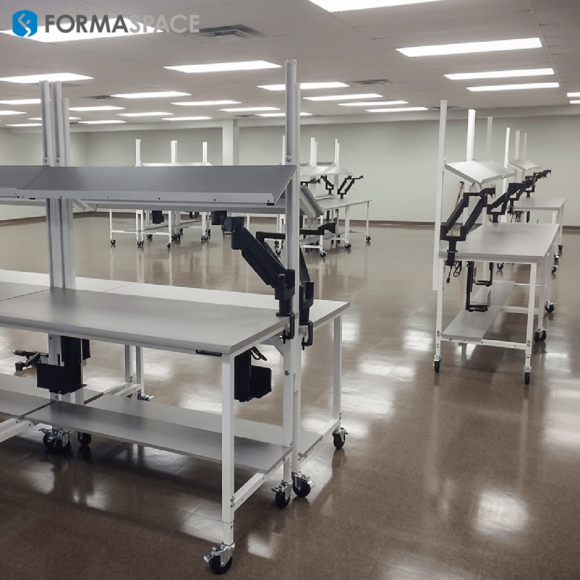
Formaspace is Your Health and Safety Partner on the Job
It’s more important than ever to make sure your laboratory, educational facility, or industrial factory is a safe place to work.
Formaspace can help.
We offer a range of new solutions (including customized workbenches with transparent barriers) designed to keep workers safe on the job.
Find out how our custom furniture solutions can help.
Talk to your Formaspace Design Consultant today

